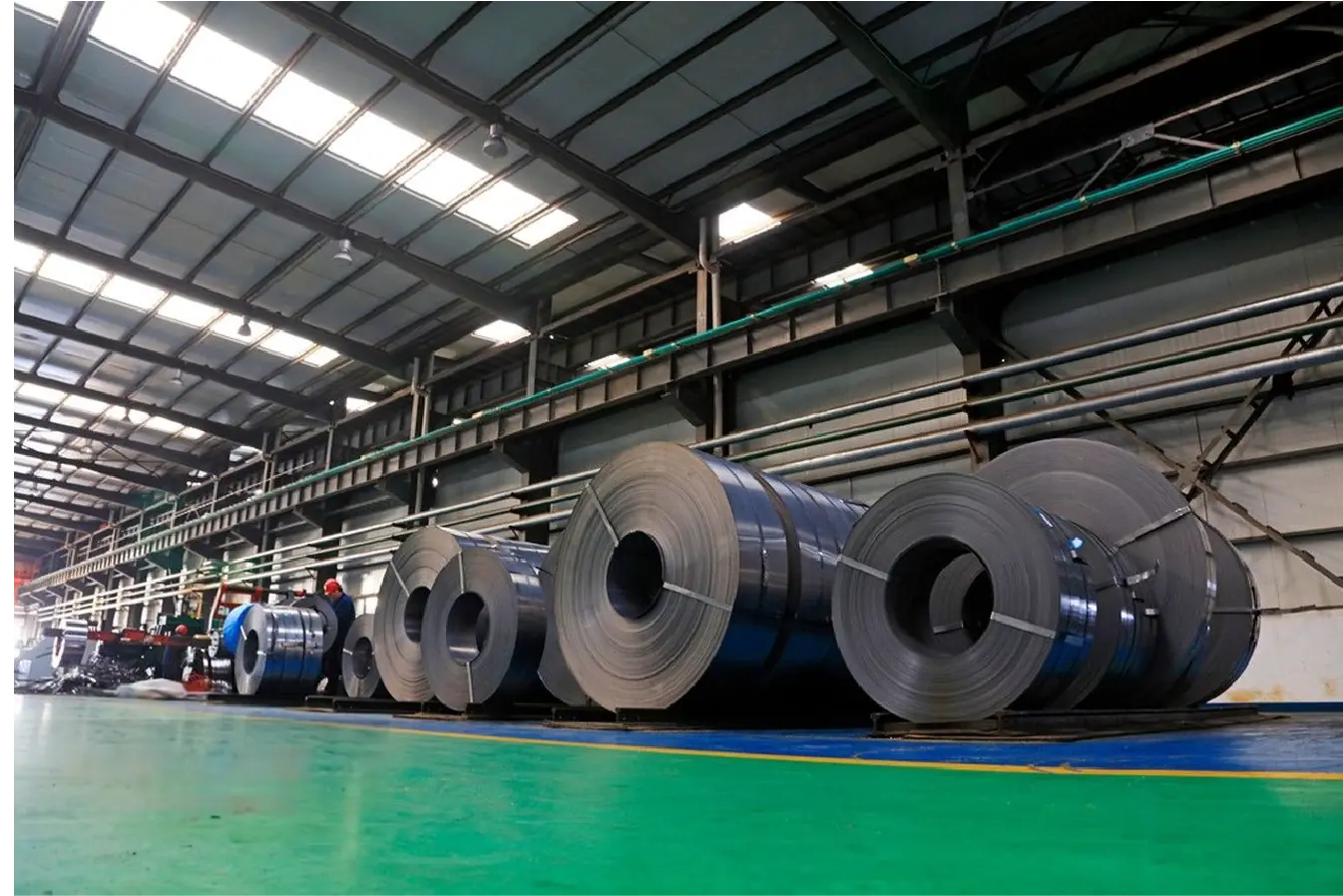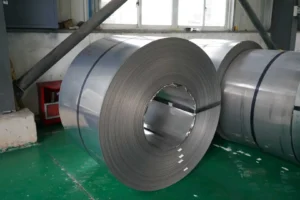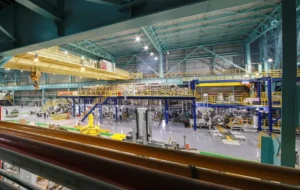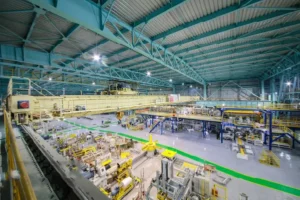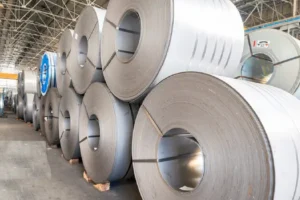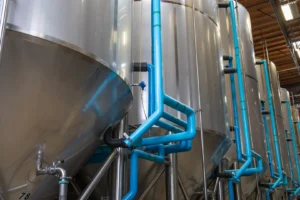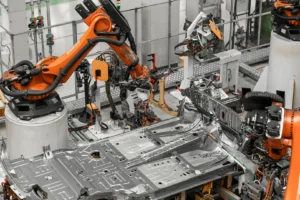Why 316 Stainless Steel is More Corrosion-Resistant: Reducing Maintenance Costs and Increasing Longevity
Choosing the wrong steel leads to costly corrosion. This means frequent repairs, operational downtime, and budget overruns. Investing in 316 stainless steel[^1] offers a durable, long-term solution.
316 stainless steel's superior corrosion resistance comes from its molybdenum content. This key element creates a stronger protective layer, significantly reducing maintenance costs and extending the lifespan of equipment, especially in harsh environments like marine or chemical processing.
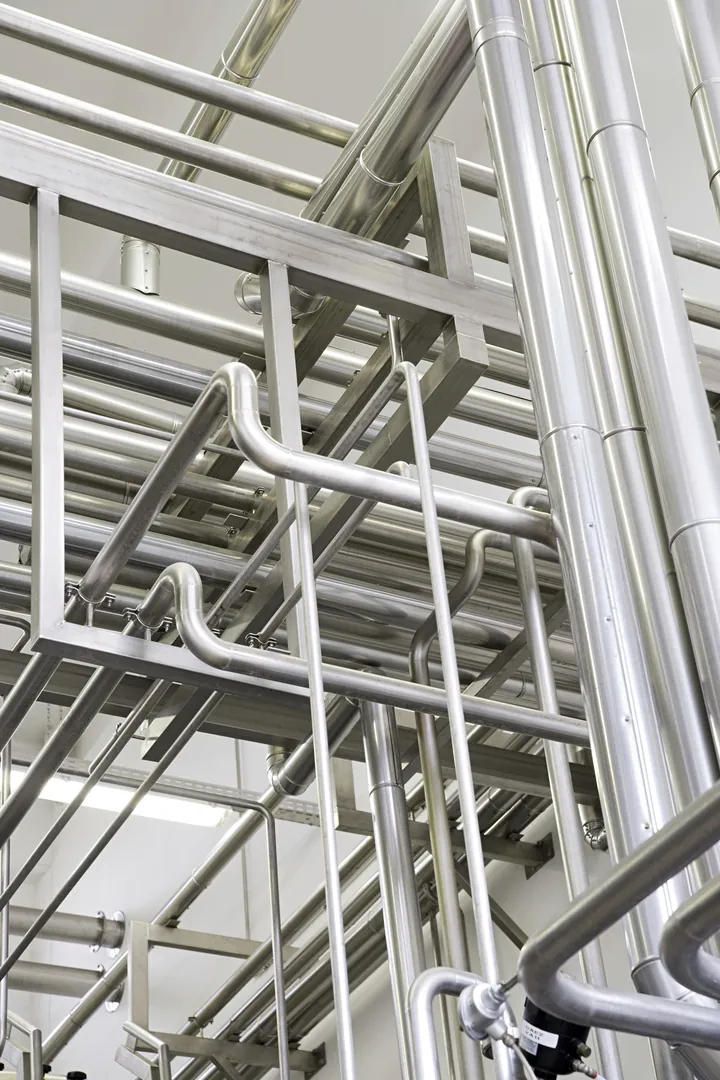
As the Global Business Director at MFY, I've seen countless projects succeed or fail based on one critical decision: material selection. The initial cost of a material is only a tiny part of the story. The real cost—the total cost of ownership—is revealed over years of operation, maintenance, and potential replacement. This is where 316 stainless steel truly shines. Let's break down why this alloy is a strategic investment for any serious industrial application.
What makes 316 stainless steel more corrosion-resistant than other types?
Many steels look alike but perform differently. Choosing incorrectly based on appearance or initial price leads to premature failure and unexpected costs. The unique chemical composition of 316 provides superior protection.
The primary reason 316 stainless steel is more corrosion-resistant is its addition of molybdenum, typically 2-3%. This element significantly enhances its ability to resist pitting and crevice corrosion, especially from chlorides found in saltwater and industrial chemicals.
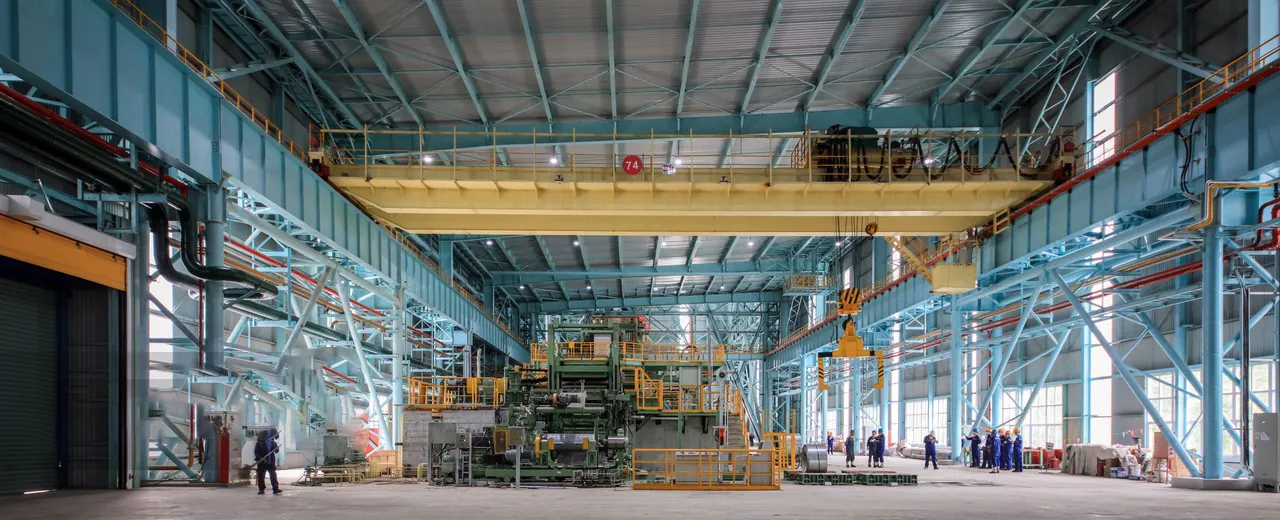
The secret to 316's strength isn't complicated, but it is profound. It all comes down to its specific recipe. While both 304 and 316 stainless steel contain chromium and nickel, which form a passive, protective layer on the surface, the 316 grade includes a critical ingredient: molybdenum. This is the game-changer. I often tell my clients to think of molybdenum as a bodyguard for the steel's surface. When aggressive elements like chlorides (think saltwater or de-icing salts) try to attack and create tiny pits, the molybdenum helps to quickly "heal" or re-passivate the protective layer, stopping corrosion before it can take hold. This makes it the undisputed champion for applications where exposure to these elements is unavoidable.
The Molybdenum Advantage
Molybdenum stabilizes the passive chromium-oxide film[^2], making it more robust and less susceptible to localized breakdown. This is particularly crucial in preventing pitting corrosion, a nasty form of corrosion that can penetrate deep into the material and cause catastrophic failure with little warning. In my experience, especially with clients in marine engineering, switching from 304 to 316 for critical components completely eliminated recurring corrosion issues.
A Tale of Two Steels: 316 vs. 304
To put it in perspective, let's look at a simple comparison of their typical compositions.
| Element | Grade 304 (Typical %) | Grade 316 (Typical %) | Impact |
|---|---|---|---|
| Chromium (Cr) | 18 | 17 | Forms the primary passive layer |
| Nickel (Ni) | 8 | 12 | Improves toughness & formability |
| Molybdenum (Mo) | 0 | 2-3 | Enhances chloride corrosion resistance |
This small addition of molybdenum is what elevates 316 from a general-purpose stainless steel to a high-performance material for demanding environments.
What are the key factors contributing to the enhanced durability of 316 stainless steel?
Durability is more than just initial strength. Environmental factors, chemical exposure, and physical stress can quickly degrade lesser materials. Grade 316's well-rounded composition provides multi-faceted resilience for the long haul.
Beyond molybdenum, the durability of 316 stainless steel is enhanced by its higher nickel content, which improves formability and toughness. This combination provides excellent resistance to a wide range of corrosive agents, high temperatures, and physical stress, ensuring long-term structural integrity.
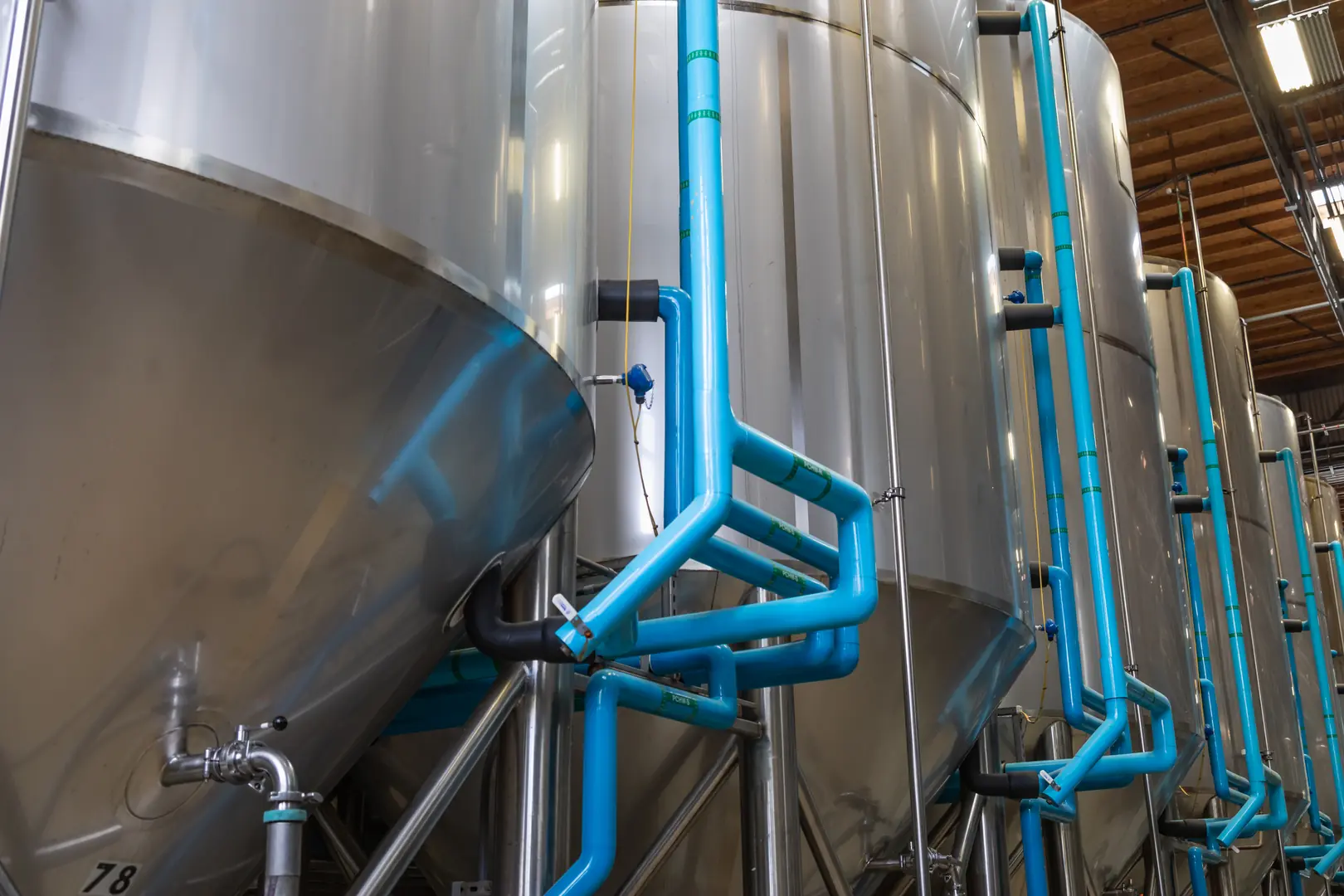
When we talk about durability, we're talking about a material's ability to withstand its intended operational environment over its entire lifecycle. It's about asset resilience. 316 stainless steel delivers this through a powerful combination of chemical and mechanical properties. The molybdenum handles the chemical threats, but the alloy's overall composition provides the physical backbone needed for demanding industrial jobs. This balance is what makes it such a reliable workhorse in sectors from pharmaceuticals to petrochemicals.
Chemical and Environmental Resilience
The robust passive film of 316 steel isn't just effective against chlorides. It also holds up exceptionally well against a broad spectrum of acids and alkalis. This is why it's a standard material in chemical processing and food and beverage industries, where equipment is constantly exposed to corrosive cleaning agents and acidic products. Its ability to resist contamination and maintain a hygienic surface is a critical durability factor.
Mechanical Strength and Toughness
The increased nickel content in 316 not only aids in corrosion resistance but also gives it excellent toughness and ductility. This means it can be formed, welded, and fabricated into complex shapes without losing its structural integrity. It performs well at both very low (cryogenic) and elevated temperatures, maintaining its strength where other materials might become brittle or weaken. This mechanical robustness ensures that a piece of equipment made from 316 steel can withstand the physical stresses of daily operation, from vibrations to pressure changes, for years on end.
How does the corrosion resistance of 316 stainless steel reduce maintenance costs?
Maintenance budgets are always under pressure. Unexpected repairs and unplanned downtime can cripple operations and destroy profitability. Investing in 316 steel upfront is a proven strategy for saving money long-term.
The superior corrosion resistance of 316 stainless steel directly reduces maintenance costs by minimizing the need for frequent inspections, repairs, and replacements. It prevents operational downtime caused by material failure, leading to significant savings in labor, materials, and lost production.
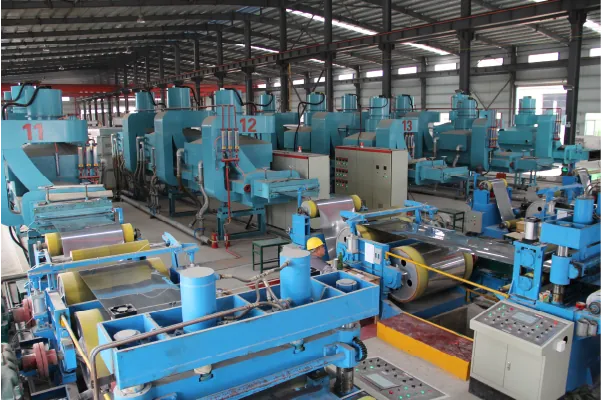
The connection between corrosion resistance and cost is direct and impactful. Every hour a production line is down for repairs is an hour of lost revenue. Every component that needs to be replaced before its time is an added expense. By choosing 316 stainless steel, you are essentially buying insurance against these events. I remember a client in the pharmaceutical sector who switched the material for their processing tanks from 304 to 316. Their emergency maintenance calls related to contamination and corrosion dropped by over 70% in the first year alone. The initial extra investment in the material paid for itself in less than 18 months.
The Total Cost of Ownership (TCO) Calculation
Smart business leaders don't just look at the purchase price; they look at the Total Cost of Ownership (TCO). This includes the initial cost, plus the costs of installation, operation, maintenance, and eventual disposal or replacement.
| Cost Factor | Grade 304 (High-Chloride Environment) | Grade 316 (High-Chloride Environment) |
|---|---|---|
| Initial Material Cost | Lower | Higher |
| Annual Maintenance | High (Frequent inspection/repair) | Low (Routine cleaning only) |
| Expected Lifespan | 5-7 Years | 20+ Years |
| Downtime Risk | High | Very Low |
| 10-Year TCO | Significantly Higher | Significantly Lower |
As the table shows, the higher upfront cost of 316 is quickly offset by the massive savings in maintenance and replacement costs, making it the far more economical choice over the asset's lifecycle.
Minimizing Operational Downtime
In today's fast-paced industries, uptime is everything. A material failure in a critical system, like a cooling pipe in a power plant or a valve in a chemical reactor, can halt an entire facility. The reliability of 316 steel provides peace of mind and ensures operational continuity, protecting your bottom line and your reputation.
What solutions can further enhance the longevity of 316 stainless steel?
Even the best materials have their limits. Pushing any material beyond its design specifications without proper care can be risky. However, proper finishing and smart design can extend 316's life even further.
To further enhance the longevity of 316 stainless steel, consider surface treatments like passivation to strengthen the protective oxide layer. Proper design to avoid crevices and ensure good drainage, along with selecting the right surface finish, also plays a crucial role.
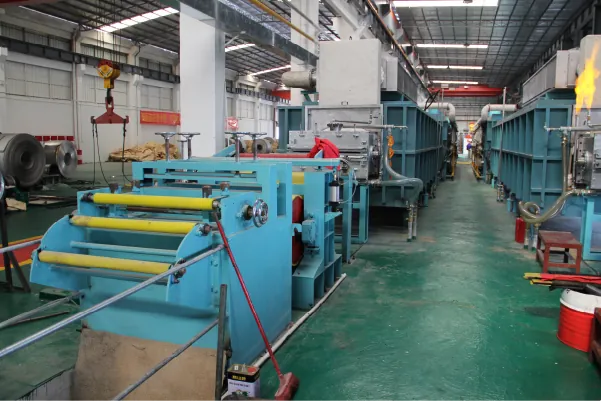
While 316 stainless steel is incredibly robust, thinking about its application holistically can unlock even greater performance and longevity. At MFY, we advise our partners to not just select the right material, but to use it in the right way. This is a core part of lifecycle management—making intelligent choices at the design and fabrication stage to maximize the value of your investment. A few simple steps can add years, or even decades, to the life of a 316 stainless steel component.
The Power of Passivation
Passivation is a chemical process performed after fabrication that removes any free iron from the surface of the steel and helps to thicken the natural, protective chromium-oxide layer. This simple, low-cost treatment greatly enhances the corrosion resistance of the final product, essentially giving it a stronger shield before it even enters service.
Smart Design Principles
How a component is designed is just as important as what it's made of. When designing with 316 steel, it's critical to:
- Avoid Crevices: Design joints and connections to be smooth and avoid tight gaps where water and chlorides can collect, as this can lead to crevice corrosion.
- Ensure Drainage: In any application where liquid is present, ensure the design allows for complete drainage to prevent stagnant solutions from sitting on the surface.
- Prevent Galvanic Corrosion: Avoid direct contact between stainless steel and less noble metals (like carbon steel or aluminum) in a corrosive environment, as this can accelerate corrosion of the other metal.
Choosing the Right Finish
The surface finish of the steel also matters. A smoother, less porous finish, like a 2B or a polished No. 4 finish, is easier to clean and offers fewer microscopic sites for corrosive agents to cling to. For highly sanitary or corrosive applications, a smoother finish is always a wise choice.
What are the best practices for maintaining 316 stainless steel in various environments?
The term "stainless" doesn't mean "stain-proof" or "maintenance-free." Neglect, especially in harsh environments, can lead to surface damage and eventual corrosion. Simple, regular cleaning is the key to preserving its integrity for decades.
Best practices for maintaining 316 stainless steel include regular cleaning with mild soap and water to remove contaminants. For tougher stains, use non-chloride cleaners. Avoid abrasive materials like steel wool that can damage the passive layer and cause contamination.
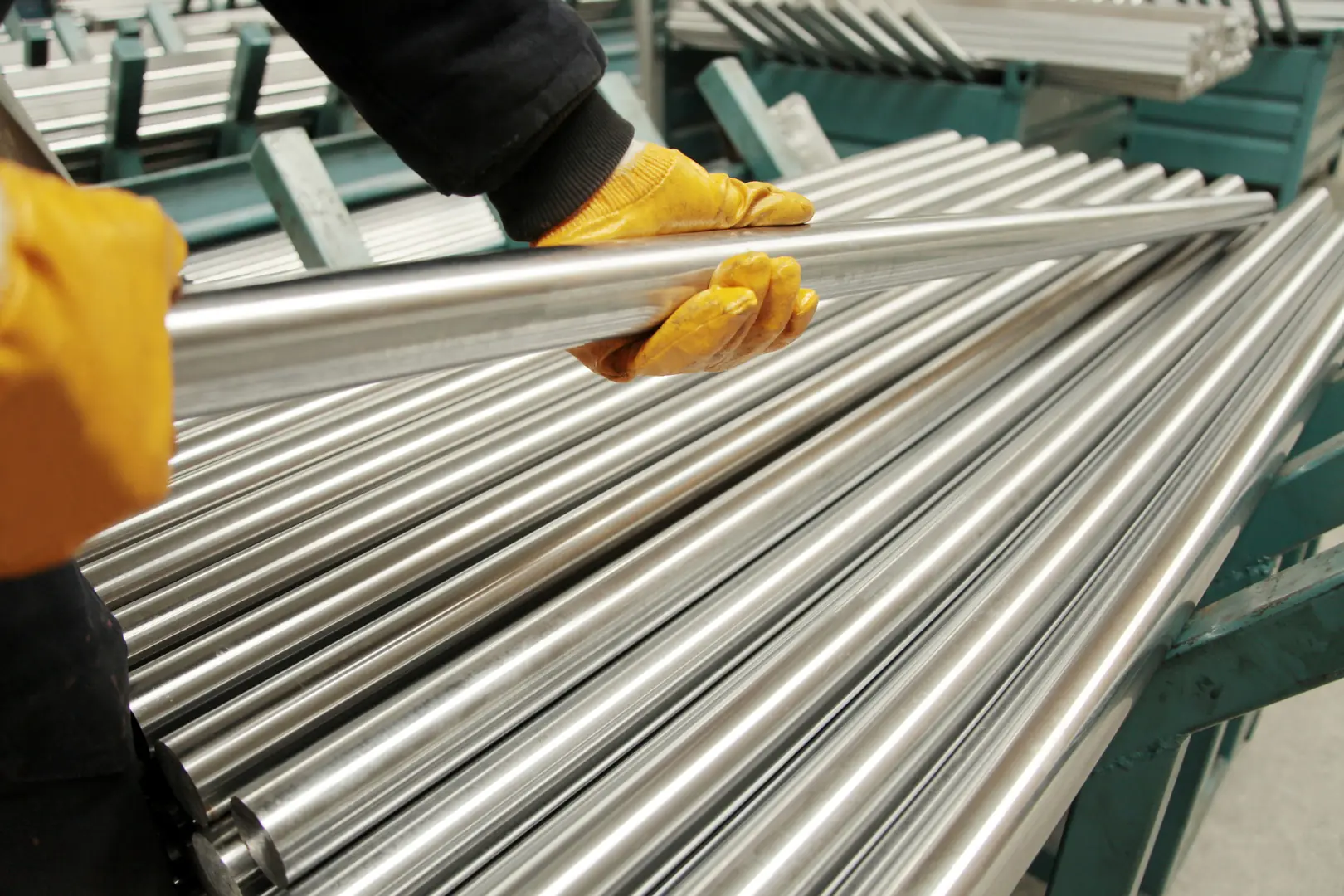
The good news is that maintaining 316 stainless steel is incredibly easy. Its dense, non-porous surface resists dirt and grime, but it still needs to be cleaned periodically to remove deposits that could compromise its passive layer. The frequency and method of cleaning depend entirely on the environment. A decorative indoor panel may only need dusting, while a railing on a sea-facing balcony will need regular washing to remove salt deposits.
Routine Cleaning Schedules
The key is consistency. For architectural applications in a marine environment, I recommend a simple freshwater rinse every 1-3 months. For industrial equipment in a chemical plant, cleaning should be part of the standard operating procedure after each production batch. The goal is to never let corrosive deposits—be it salt, chemicals, or industrial pollutants—sit on the surface for extended periods.
What to Use and What to Avoid
Proper maintenance is about using the right tools for the job.
| Do | Do Not |
|---|---|
| Use soft cloths, sponges, or nylon brushes | Use steel wool or carbon steel brushes |
| Use mild soap, detergent, or ammonia-based cleaners | Use cleaners containing chlorides (bleach) |
| Rinse thoroughly with clean water | Use abrasive scouring powders |
| Always wipe dry to prevent water spots | Allow dirt or salt deposits to build up |
Following these simple rules will ensure that your 316 stainless steel components retain their finish and their superior corrosion resistance for their entire, very long, service life.
Conclusion
The choice is clear. The molybdenum in 316 stainless steel provides unmatched corrosion resistance, making it a strategic investment. It dramatically reduces long-term maintenance costs and ensures durability, delivering a superior return on investment for any demanding industrial application.
Have Questions or Need More Information?
Get in touch with us for personalized assistance and expert advice.
